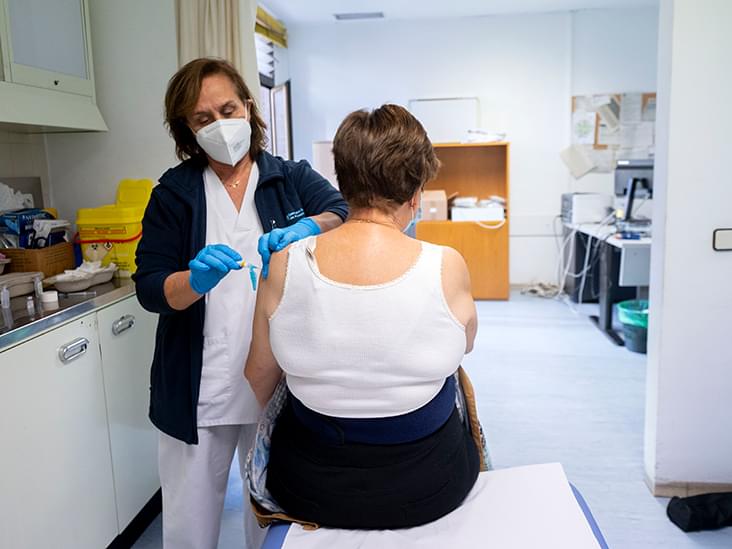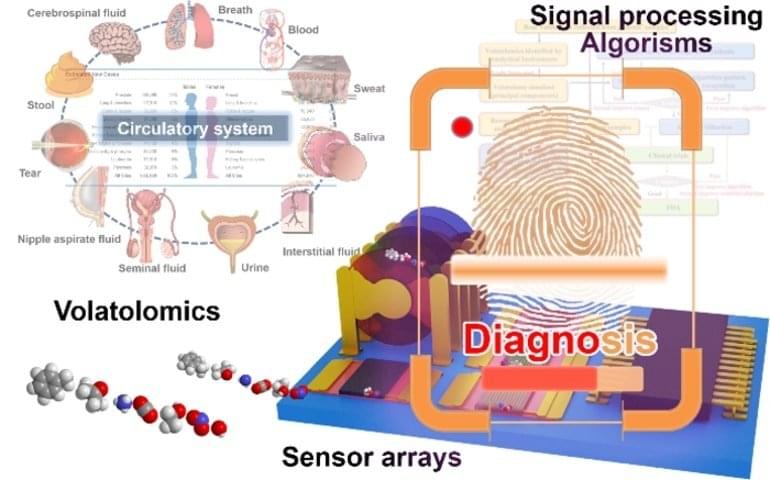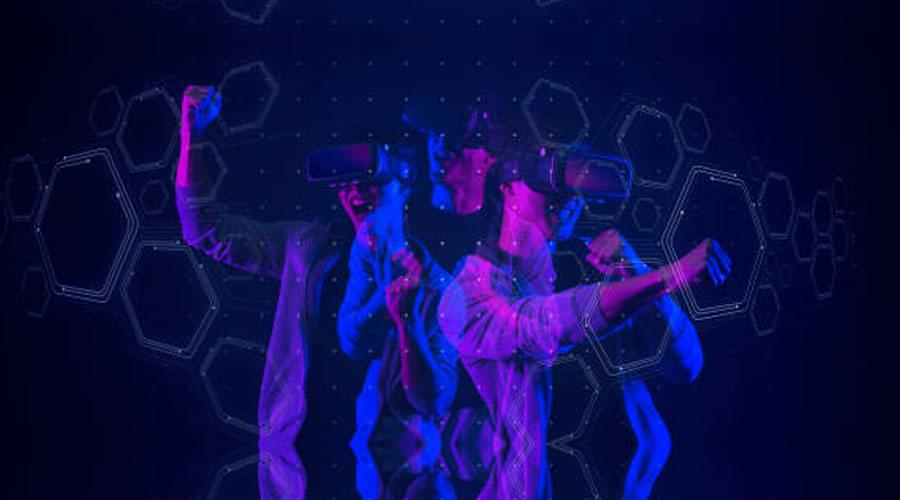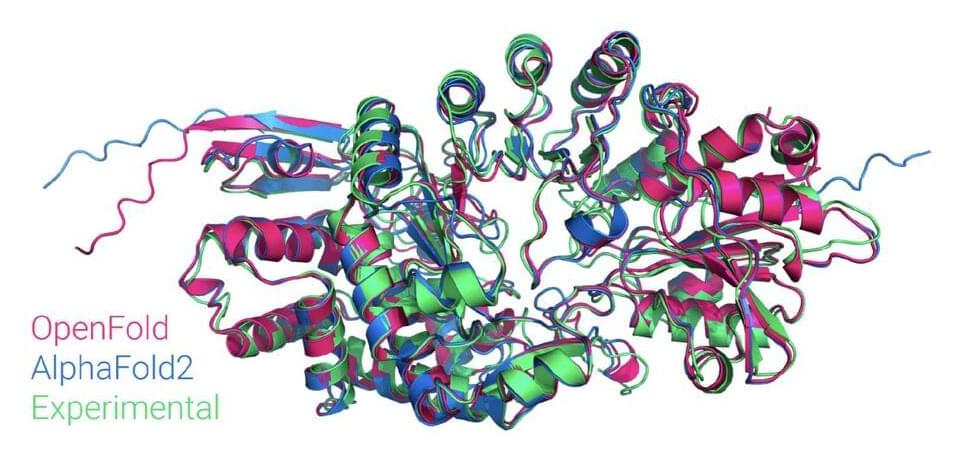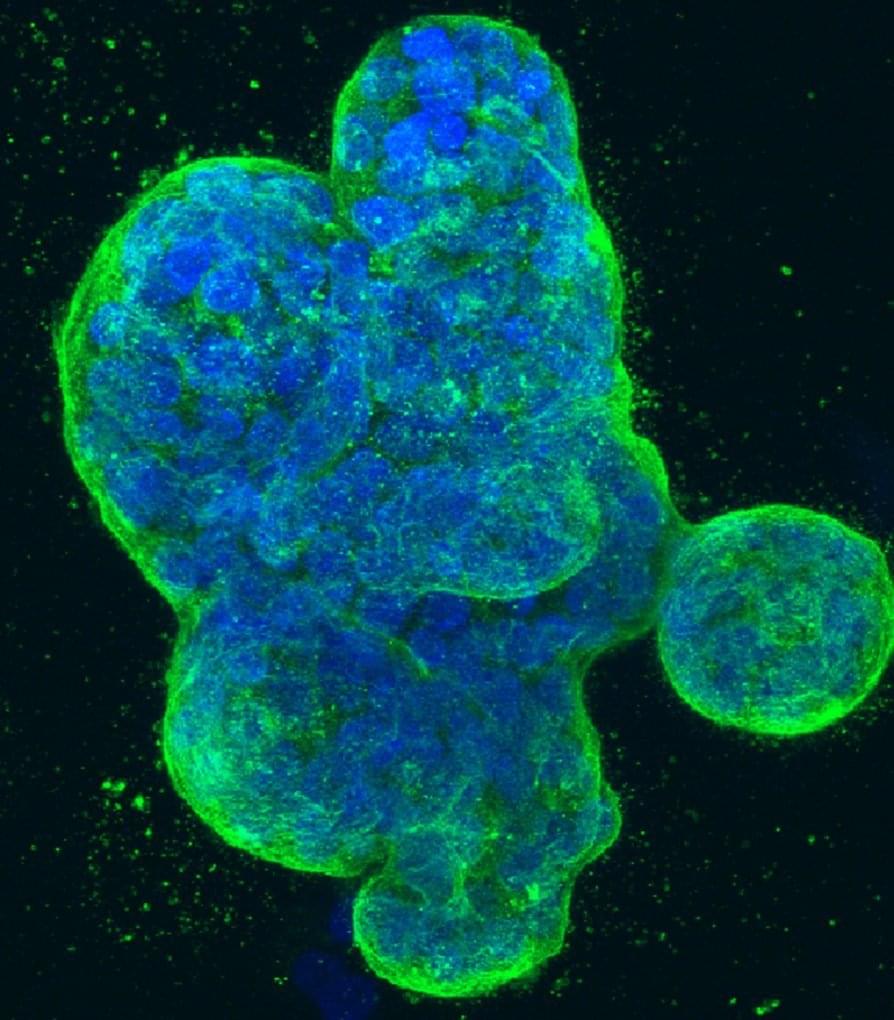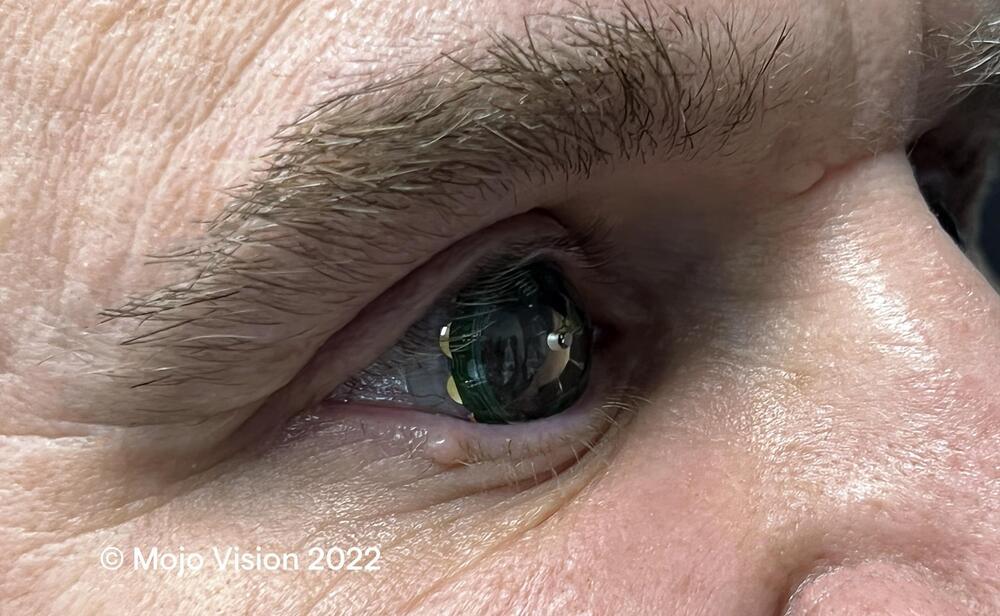Archive for the ‘biotech/medical’ category: Page 958
Jun 30, 2022
Better, Stronger, Faster: The Future of the Bionic Body
Posted by Dan Breeden in categories: biotech/medical, chemistry, cyborgs, engineering, mobile phones, neuroscience, transhumanism
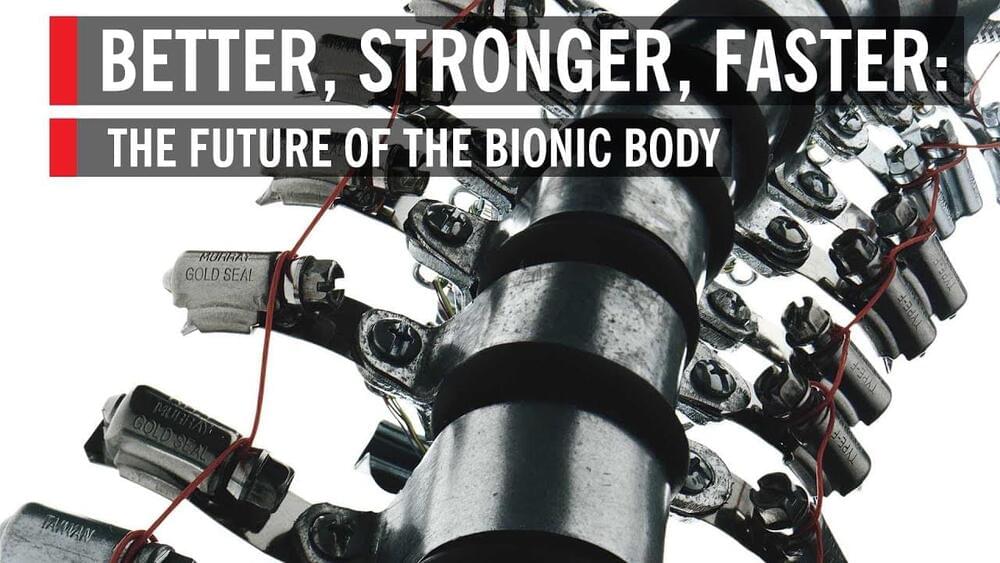
In the future, a woman with a spinal cord injury could make a full recovery; a baby with a weak heart could pump his own blood. How close are we today to the bold promise of bionics—and could this technology be used to improve normal human functions, as well as to repair us? Join Bill Blakemore, John Donoghue, Jennifer French, Joseph J. Fins, and P. Hunter Peckham at “Better, Stronger, Faster,” part of the Big Ideas Series, as they explore the unfolding future of embedded technology.
This program is part of the Big Ideas Series, made possible with support from the John Templeton Foundation.
Continue reading “Better, Stronger, Faster: The Future of the Bionic Body” »
Jun 30, 2022
It’s Alive, But Is It Life: Synthetic Biology and the Future of Creation
Posted by Dan Breeden in categories: bioengineering, biotech/medical, genetics
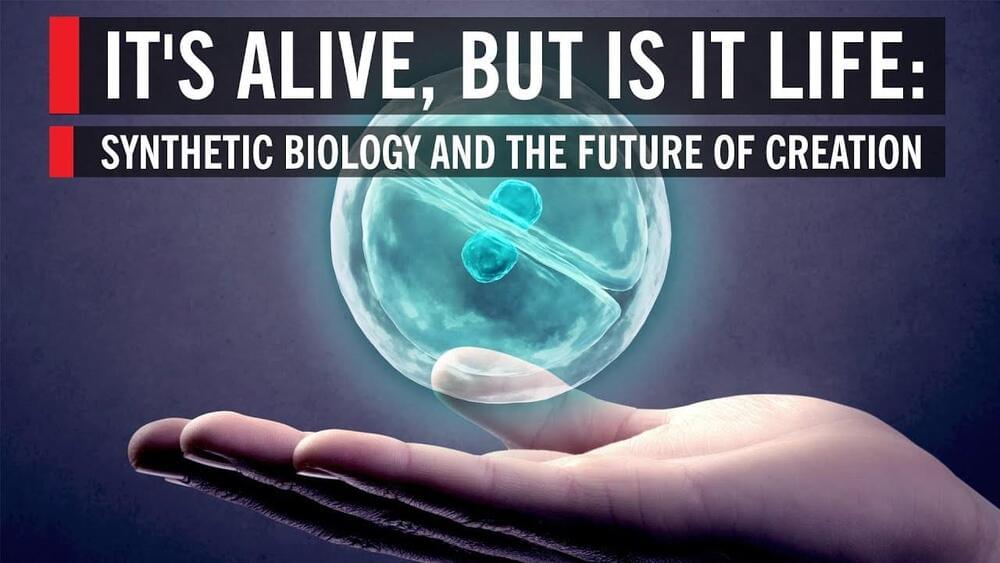
For decades, biologists have read and edited DNA, the code of life. Revolutionary developments are giving scientists the power to write it. Instead of tinkering with existing life forms, synthetic biologists may be on the verge of writing the DNA of a living organism from scratch. In the next decade, according to some, we may even see the first synthetic human genome. Join a distinguished group of synthetic biologists, geneticists and bioengineers who are edging closer to breathing life into matter.
This program is part of the Big Ideas Series, made possible with support from the John Templeton Foundation.
Continue reading “It’s Alive, But Is It Life: Synthetic Biology and the Future of Creation” »
Jun 30, 2022
Robot Nose That Can “Smell” Disease on Your Breath
Posted by Jose Ruben Rodriguez Fuentes in categories: biotech/medical, chemistry, robotics/AI
Summary: A new robotic system can identify volatile organic compounds associated with diseases by analyzing bodily emissions.
Source: Tsinghua University Press.
Scientists are working on diagnostic techniques that could sniff out chemical compounds from breath, sweat, tears and other bodily emissions and that act as fingerprints of thousands of diseases.
Jun 30, 2022
IoT can take the Metaverse game a notch up
Posted by Jose Ruben Rodriguez Fuentes in categories: biotech/medical, entertainment
Metaverse though considered, a world under construction, has already created exciting promises. An individual can replicate his identity and even enhance them. How is it possible for a virtual world to create the exact replica of a person in zeroes and ones? There is not just one technology aiding in creating the fascinating world of Metaverse and IoT is one amongst them.
IoT connects digital devices via sensors and gadgets. It connects voice-activated speakers, medical gadgets, thermostats, and weather sensors, to data sources. Metaverse’s IoT applications collect and distribute data from the physical world to create an accurate representation of an object. A person’s replica in a Metaverse might have a unique biophysical response for example when the real person relocates to a place with different weather.
3D environments become easy and seamless to adapt in Metaverse as it connects a range of real-life devices through IoT. Making simulations within the Metaverse, particularly with digital twins becomes a lot easier making the physical and digital worlds indistinguishable all while providing a tailored interface environment for IoT. For example, with the gaming interface, elevated heart and breathing rates can trigger the individual’s avatar to make it more susceptible to replicating the person in real.
Jun 30, 2022
Self Replicating Machines
Posted by Dan Breeden in categories: biotech/medical, nanotechnology
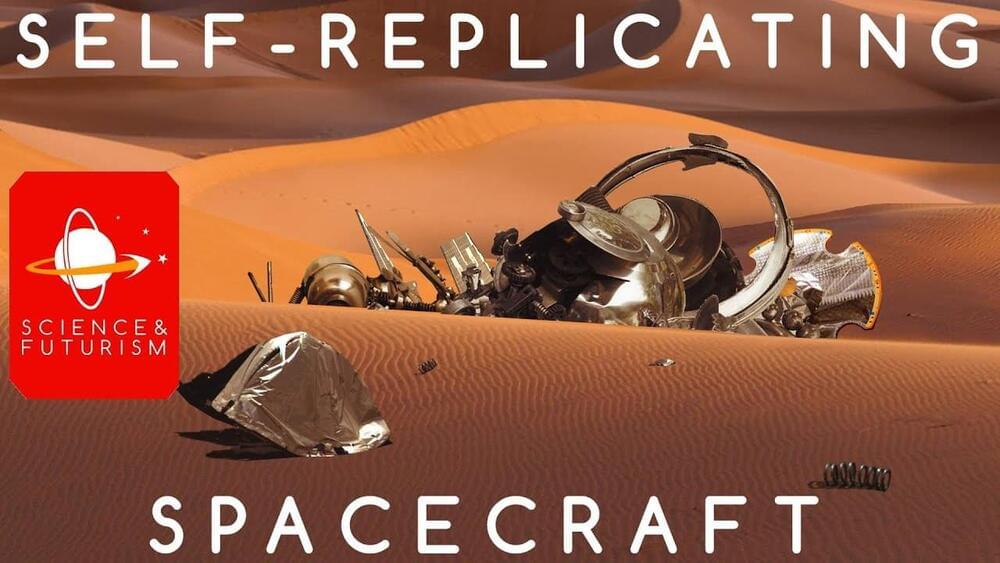
A look at the concept of Self-Replicating Machines, Universal Assemblers, von Neumann Probes, Grey Goo, and Berserkers. While we will discuss the basic concept and some on-Earth applications like Medical Nanotechnology our focus will be on space exploration and colonization aspects.
Join the Facebook Group:
https://www.facebook.com/groups/1583992725237264/
Jun 30, 2022
Biotech startups join AWS and other partners in open-source project to help design new proteins
Posted by Jose Ruben Rodriguez Fuentes in category: biotech/medical
Three Seattle biotech companies are joining forces to support open-access development of protein folding and design software.
The project, called OpenFold, brings together Cyrus Biotechnology, Outpace Bio, and Arzeda, startups developing new proteins that can be used as drugs or in industrial applications.
“It doesn’t make sense for all of us to replicate the same work,” Cyrus CEO Lucas Nivon told GeekWire. “Especially if it doesn’t give any one company a competitive advantage.”
Jun 30, 2022
Visual Mental Imagery: A Patient Case Suggests a New Key Brain Network
Posted by Dan Breeden in categories: biotech/medical, neuroscience
Summary: Researchers identified a novel brain network that includes the fronto-parietal networks and fusiform gyrus which helps with the encoding of visual mental imagery.
Source: Paris Brain Institute.
Every day, we call upon a unique capacity of our brain, visual mental imagery, which allows us to visualize images, objects or people ‘in our heads’. Based on the recent case of a patient with a specific brain lesion, Paolo Bartolomeo’s group (Inserm) in the PICNIC Lab at the Paris Brain Institute has identified a region that may be key in mental visualization.
Jun 30, 2022
New health research suggests novel combination therapy for triple-negative breast cancer
Posted by Shubham Ghosh Roy in categories: augmented reality, biotech/medical, health
Research led by Suresh Alahari, Ph.D., Professor of Biochemistry at LSU Health New Orleans schools of Medicine and Graduate Studies, suggests a combination of drugs already approved by the FDA for other cancers may be effective in treating chemo-resistant triple-negative breast cancer. The results are published in Molecular Cancer.
Triple-negative breast cancer (TNBC) tumors lack estrogen receptors, progesterone receptors, and human epidermal growth factor receptor 2 (HER2). A subtype representing 12–55% of triple-negative breast cancer tumors has androgen receptors (AR). Since androgen receptors stimulate tumor cell progression in estrogen receptor-negative breast cancers, they have become a target of triple-negative breast cancer therapy. As well, since a substantial number of patients with triple-negative breast cancer develop resistance to paclitaxel, the FDA-approved chemotherapeutic agent for triple-negative breast cancer, new therapeutic approaches are needed.
Working in a mouse model and tissue from patients with triple-negative breast cancer, the research team screened 133 FDA-approved drugs that have a therapeutic effect against androgen receptor cells. They found that ceritinib, an FDA-approved drug for lung cancers, efficiently inhibited the growth of androgen receptor triple-negative breast cancer cells. To improve the response, they also selected enzalutamide, an FDA-approved androgen receptor antagonist for prostate cancer treatment.
Jun 30, 2022
CEO test-drives Mojo Vision’s smart augmented reality contact lens
Posted by Kelvin Dafiaghor in categories: augmented reality, biotech/medical, wearables
Forget your bulky AR headsets, smart contact lenses are coming to place augmented reality displays right there on your eyeball. Last week, Mojo Vision CEO Drew Perkins volunteered to test the first feature-complete prototype of his company’s design.
Smart wearables are all about super-portable convenience, and until scientists can plumb an AR display directly into your visual cortex, the smallest and most portable form factor we can imagine is that of a contact lens. Mojo Vision has been working on a smart contact lens design since 2015, and its latest prototype Mojo Lens packs in a pretty impressive amount of gear – especially for something that has to live behind your eyelid.
For starters, it has the world’s smallest and highest-density display capable of showing dynamic content – a green monochrome MicroLED display measuring less than 0.5 mm (0.02 in) in diameter, with a resolution of 14,000 pixels per inch. It’s got an ARM Core M0 processor, a 5-GHz radio capable of communicating at ultra-low latency, and enough accelerometers, gyroscopes and magnetometers to track your eye movements with extreme precision, allowing the image to stay stable even as you move your eyes around.
